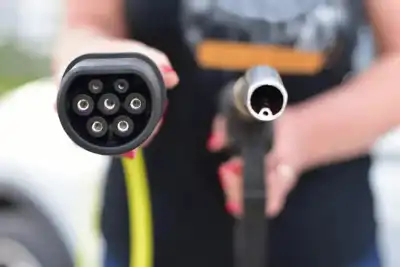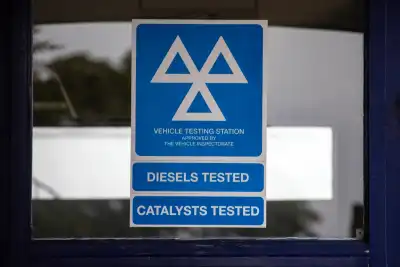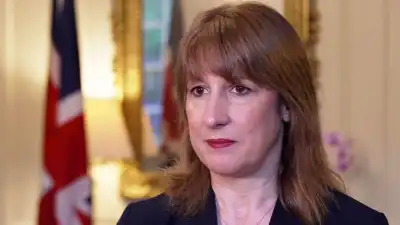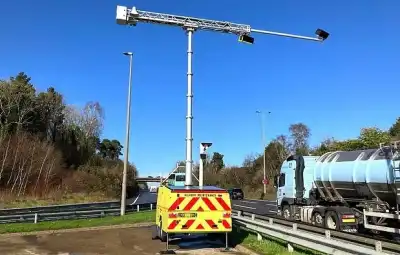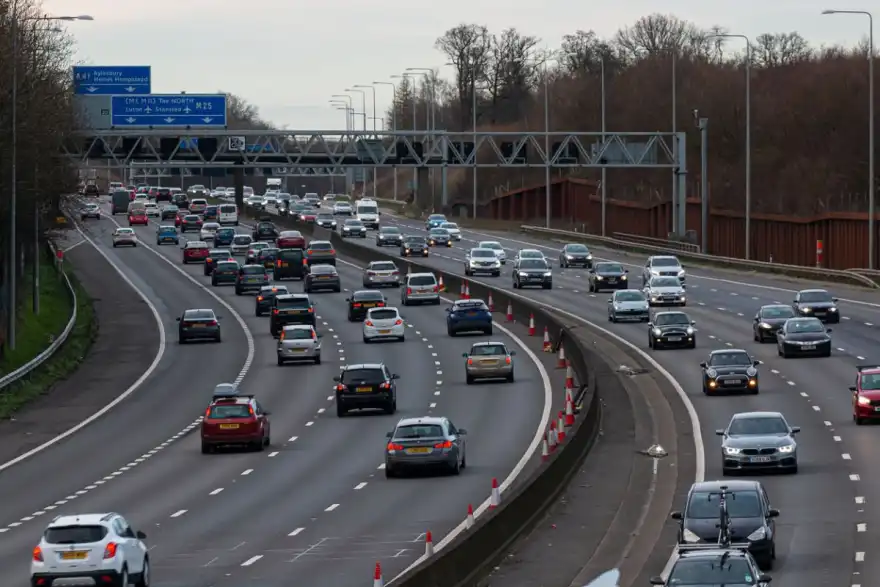
It also comes on the 10th anniversary of the first stretch of all-lane running (ALR) smart motorway being opened. But how have smart motorways developed over time, what has the opposition been and what does the future look like for the system?
The first smart motorway
The first smart motorway was trialled on the M42 in 2006, allowing the hard shoulder to be opened during times of heavy congestion. However, it wasn’t until 2014 that the first All Lane Running motorways were introduced, with the main difference being that the hard shoulder wasn’t a temporary lane - it was always in use.
As with other setups, overhead gantries work to control speed limits actively while emergency refuge areas were installed up to 1.6 miles apart in order to provide road users with a place to stop in the event of a breakdown or incident.
A speedy roll-out
Soon after, smart motorways were installed over large areas of the UK’s road network. In fact, by 2019, 141 miles of all-lane running motorways had been put in place.
There remain three types of smart motorway - controlled, hard shoulder running and all lanes running. Controlled has speed limits with a hard shoulder available for emergencies, while hard shoulder running means that the hard shoulder can be opened or closed depending on the level of traffic. All Lanes Running, meanwhile, doesn’t have any hard shoulder available, instead using this as an additional lane.
Quick opposition
Quite quickly, there was opposition to the smart motorway system. In 2023, figures from National Highways showed that smart motorways without a hard shoulder were three times more dangerous on which to break down than those which kept the emergency lane.
A target response time for reaching drivers stranded on smart motorways was only met a year later than originally planned, too, late in 2022.
Motorists voice concerns
The RAC has been a consistent source of opposition against traditional smart motorways, with a survey conducted in April 2023 by the breakdown assistance provider showing that seven in 10 drivers wanted hard shoulders reinstated on smart motorways. Some 69 per cent said that they believe the emergency lane should be returned to all-lane running versions of smart motorways.
However, the government said that restoring the hard shoulder to these sections would be ‘too disruptive’ and cost a ‘significant’ amount of money.
Smart motorways are cancelled amid safety fears
The government had already paused the roll-out of all-lane-running smart motorways in January 2022 amid safety concerns, but it wasn’t until April 2023 that Prime Minister Rishi Sunak acknowledged issues about the safety of smart motorways and banned them entirely.
Fourteen planned smart motorways - including 11 that had already been paused - were removed from the government’s road-building plans amid both financial and safety pressures.
Calls to return hard shoulder to smart motorway sections
Following the cancellation of the entire smart motorways project, calls are now being made to reinstate a full hard shoulder to sections of highway. The RAC has voiced that hard shoulders should be returned to smart motorways, while the Department for Transport has stated that it is investing £900 million into making ‘improvements’ to existing smart motorways.
RAC head of policy Simon Williams said: “There is a real irony when it comes to talking about cost pressures in relation to these distinctly unpopular types of motorway.
“While heralded as a cost-effective way of increasing capacity on some of our busier roads, a colossal amount of public money has since gone into trying to make them safer – for instance by installing radar-based technology to detect stricken vehicles more quickly, plus the creation of additional emergency refuge areas.
“This cash needn’t have been spent. The Government ploughed on with building all-lane running motorways, regardless of concerns expressed by drivers, the RAC and even the Transport Committee.

